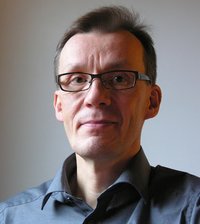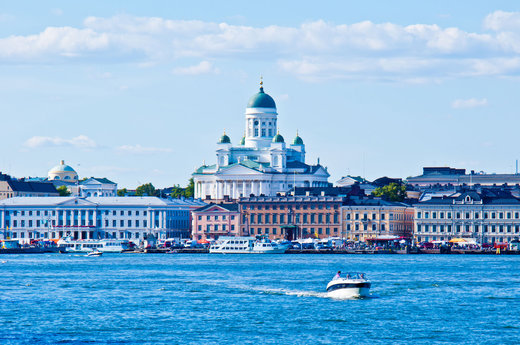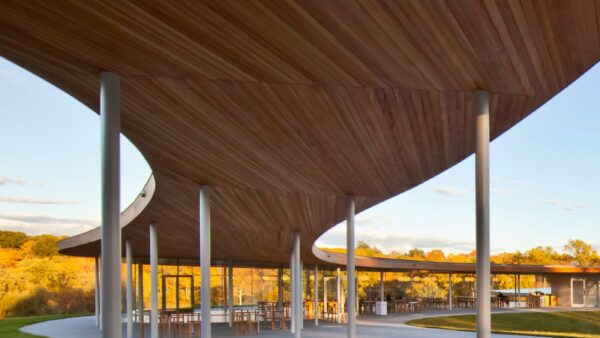8 January 2013
By Aarni Heiskanen in Helsinki

Cities all over the world fight to get a Guggenheim museum, right? Venice, New York, Bilbao and Abu Dhabi all boast theirs.
Maybe, but my city, Helsinki, capital of Finland and beacon of civilisation in northern Europe, has done quite the opposite.
Here, establishing what many see as a paragon of culture and refinement has become deeply political.
The surprising struggle started in December 2011. The city council had just approved the culture strategy for 2012-2017, and it included a Guggenheim museum.
The Guggenheim Foundation and the city soon made a joint study that proposed a prominent site and estimated a budget of EUR 140 million for the building.
The mayor was enthusiastic and even the famed architect Frank Gehry was excited by the prospect.
Soon, though, clouds gathered. It became a political struggle. Right-wing politicians backed the plan, while left-wing and green decision makers were against it.
The ROI calculations of the project were questioned. And as always, some politicians courted popular votes by reminding everyone that taxpayer money would be better spent on homeless people and sick children than on this American, elitist project.
The result was that the city board voted against the venture in May 2012. The director of the foundation, Richard Armstrong, was “surprised and disappointed”.
But the project never really died and a great deal of behind-the-scenes activity began.
Interestingly, the US ambassador to Finland, Bruce Oreck, wrote a compelling letter to the editor of the leading newspaper.
Oreck reminded readers how a Finnish-born American architect, Eero Saarinen, had won the competition in 1944 for a memorial in St. Louis with the now famous Gateway Arch. The more than ten-year debate over the memorial had followed the same path as that of the Guggenheim building in Helsinki.

Helsinki, Finland, where a proposal to build a new Guggenheim museum has caused deep political rifts
Oreck also recounted a similar story regarding the Sydney Opera House in which Saarinen had served as one of the judges of the architectural competition. Saarinen had guts, enthusiasm and vision, and so too should today’s Finns, was the ambassador’s message.
Armstrong came to Helsinki to meet with Finnish decision-makers and potential financiers. In September 2013, the Guggenheim Foundation came forward with a revised plan for an alternate site.
By this time, politicians were ready to agree to an architectural competition, funded by Guggenheim, but did not commit to the actual construction.
The Greens were willing to accept the competition provided that one of city’s big traffic projects would be canceled should the museum get the green light. In other words, the project was irreversibly politicized.
During the debate, promoters just wanted to get the museum built. The “why” question remained secondary. Why would Guggenheim want to come to Helsinki, and why would it be a such a good deal for its citizens?
Normally in high-culture endeavours the “why” is treated as self-evident, but Finnish newspapers hypothesized at great length on the “true motives” for the project.
For instance, many seem to think that Helsinki’s proximity to St. Petersburg is the reason for Guggenheim’s keenness. Helsinki has become a popular destination for Russian tourists and the foundation is not yet ready to establish presence in Russia.
I believe this is a sign of the times. Whatever the “true motives” of Guggenheim in Helsinki are, one thing is clear: in the new age of austerity in the developed world, public projects formerly considered unimpeachable will now need to justify themselves against much harder metrics.
Aarni Heiskanen is the managing partner of AE Partners. Visit http://aepartners.fi/










